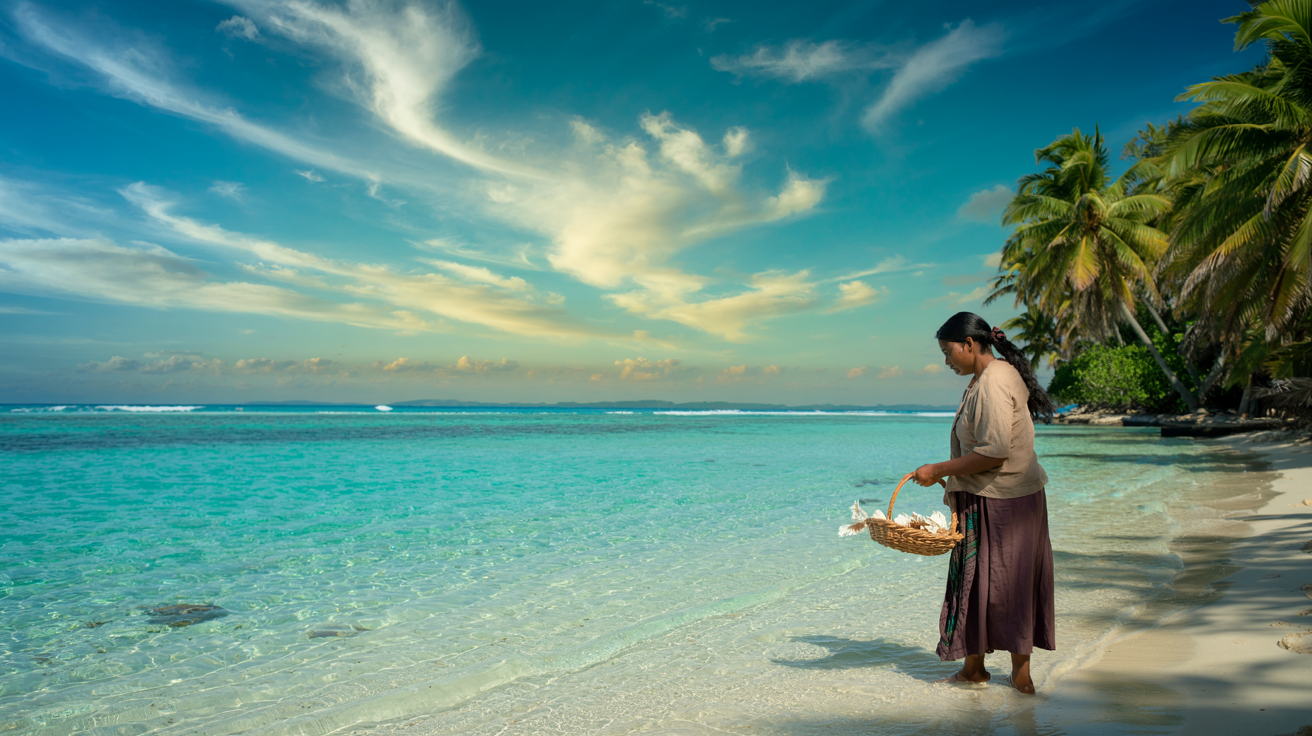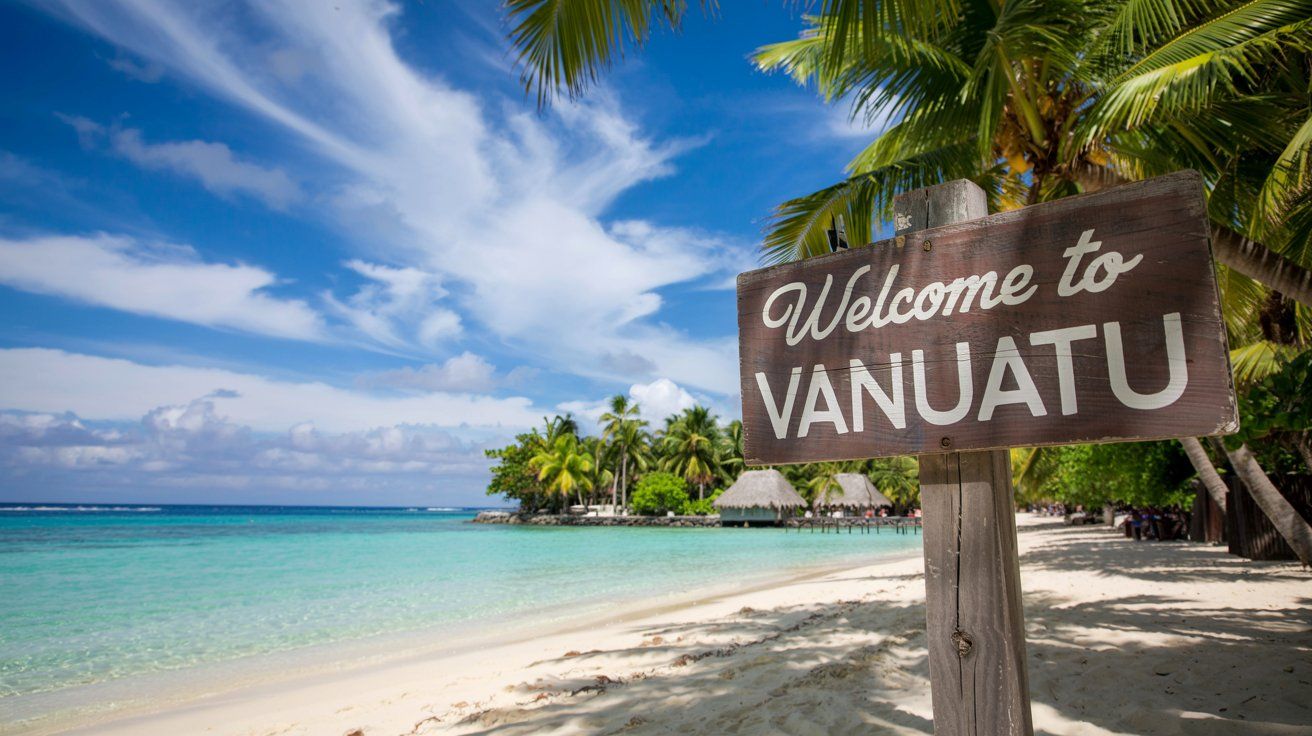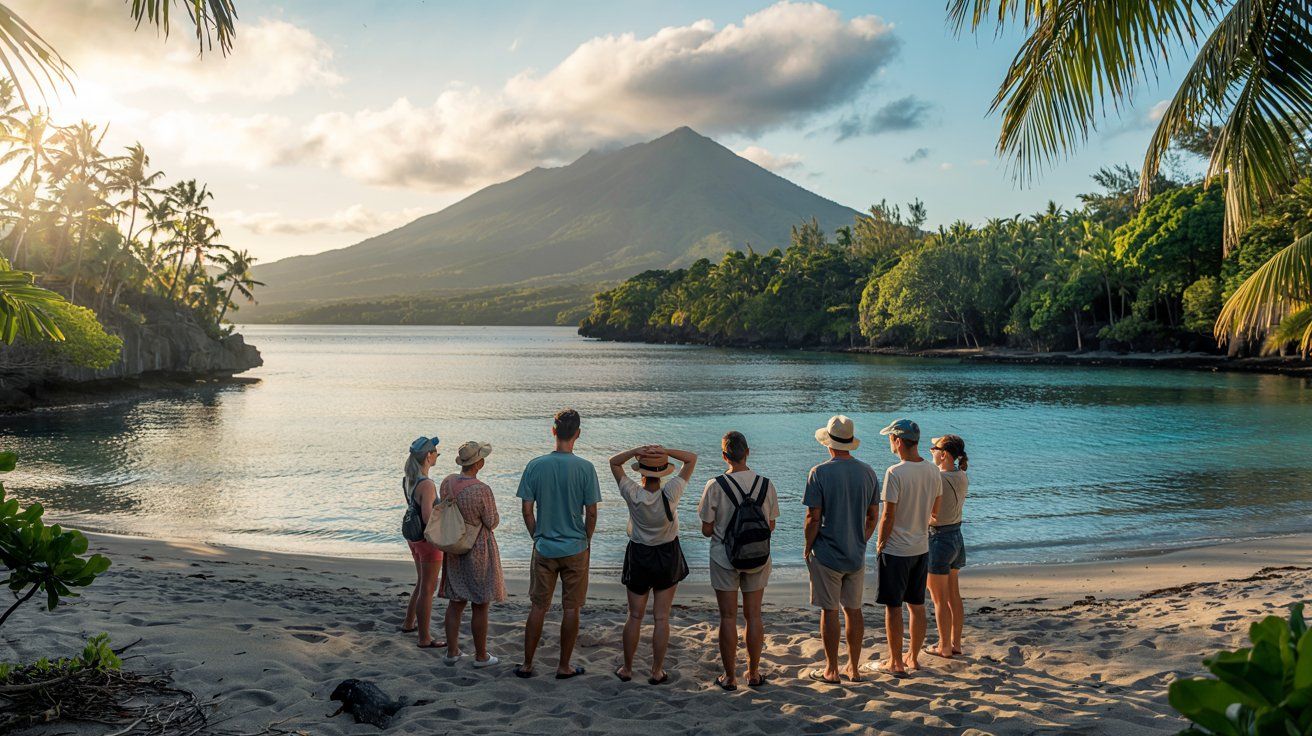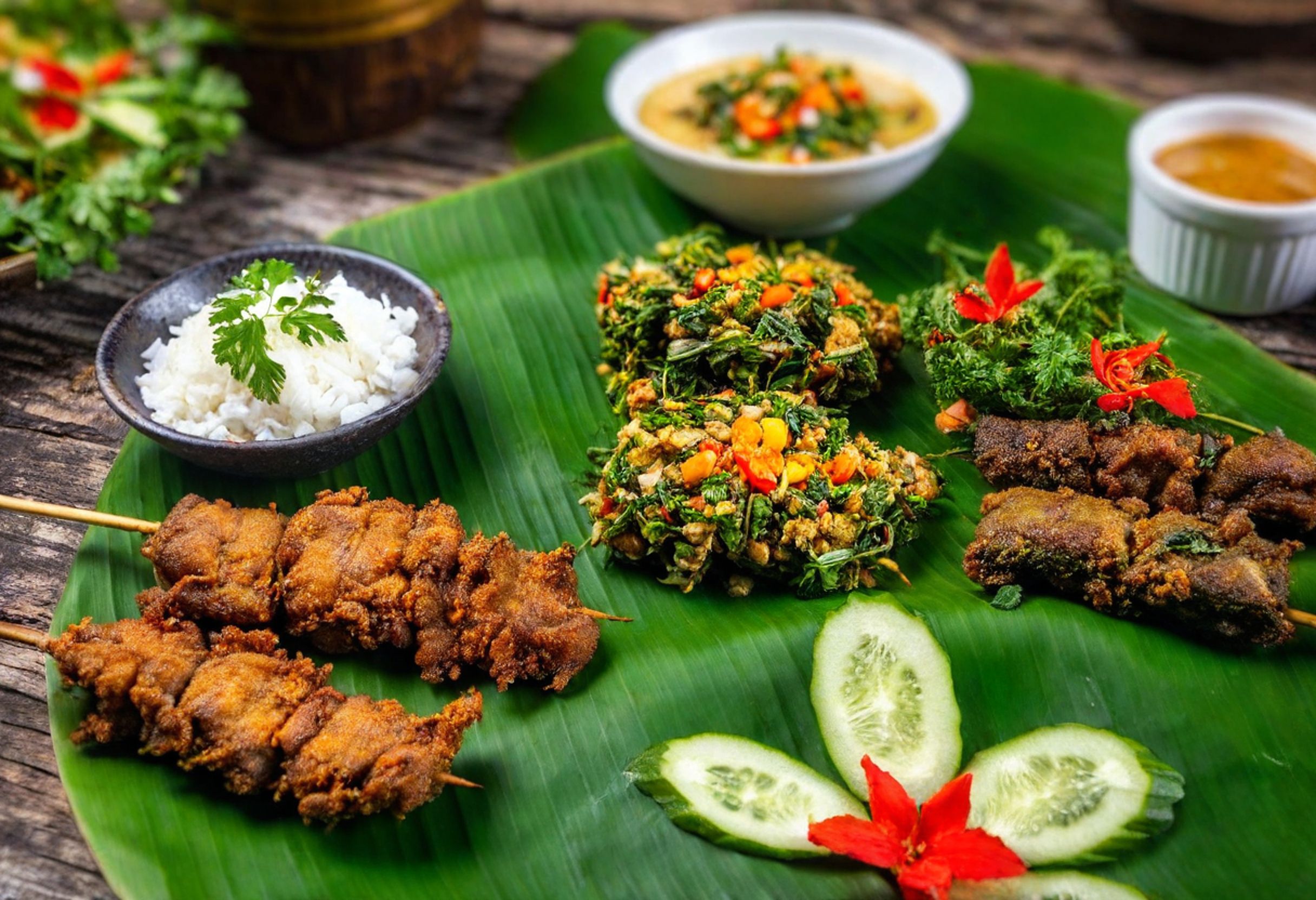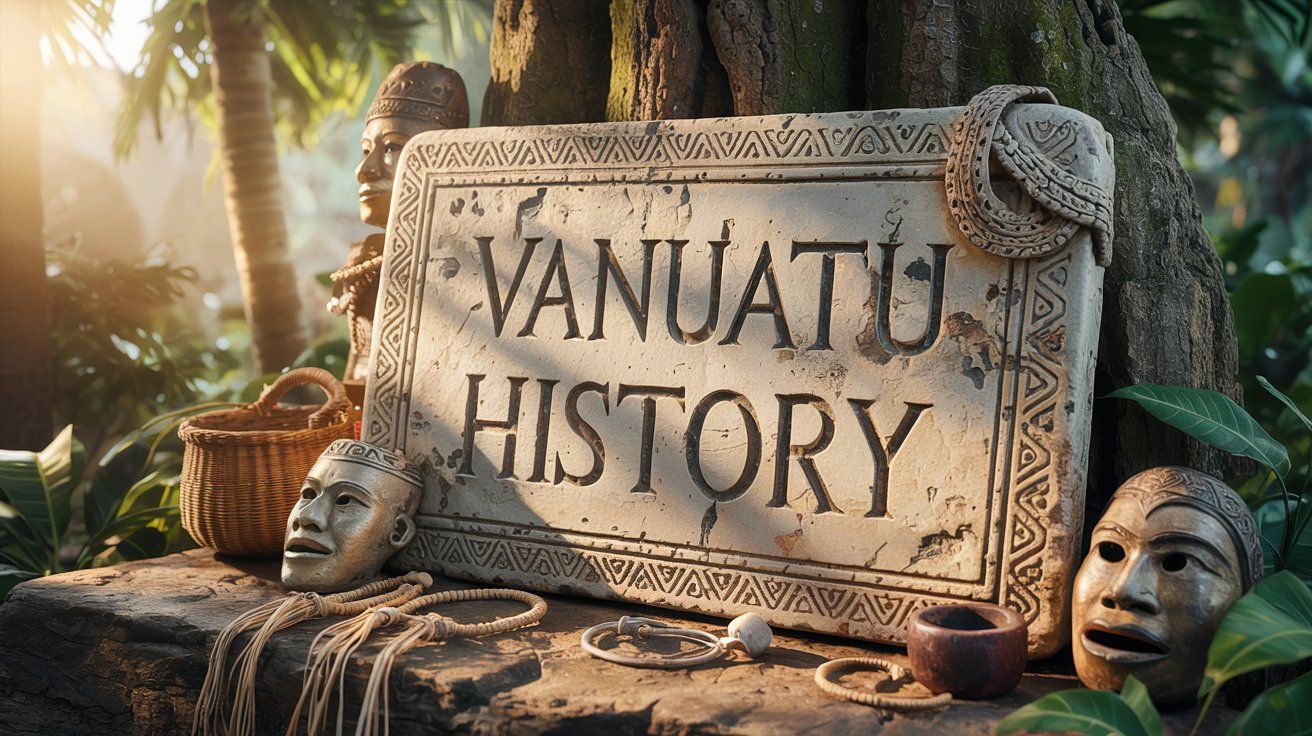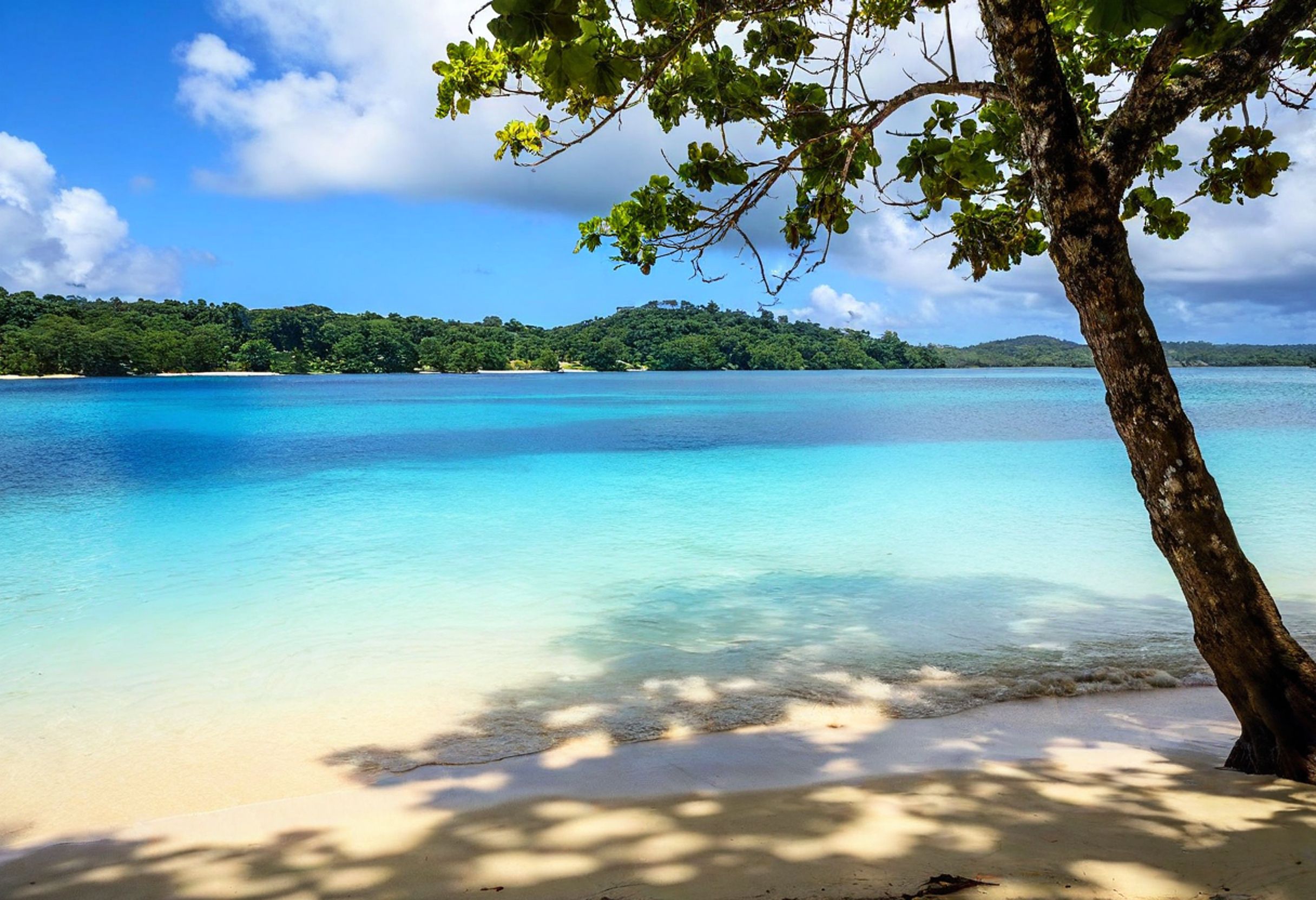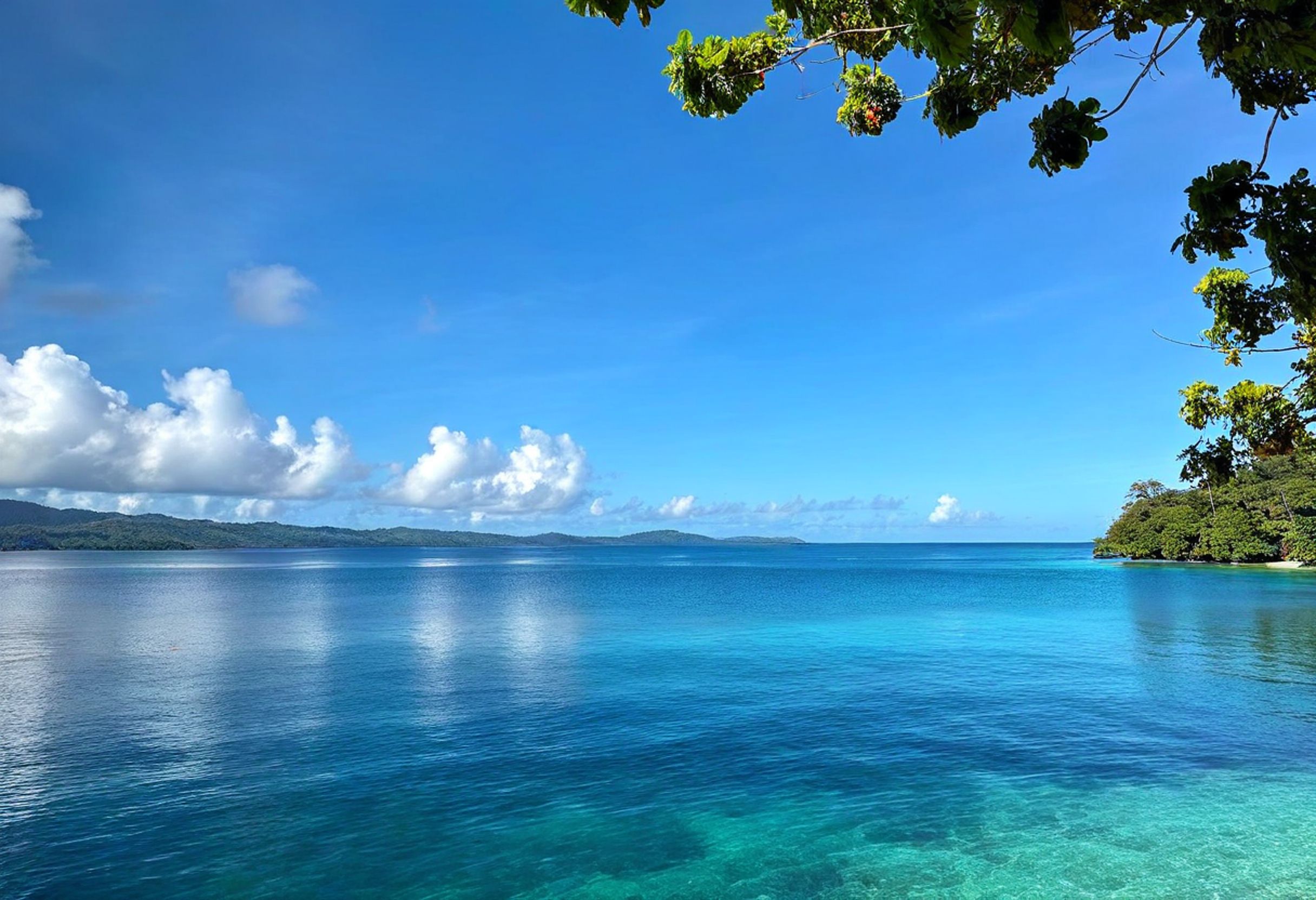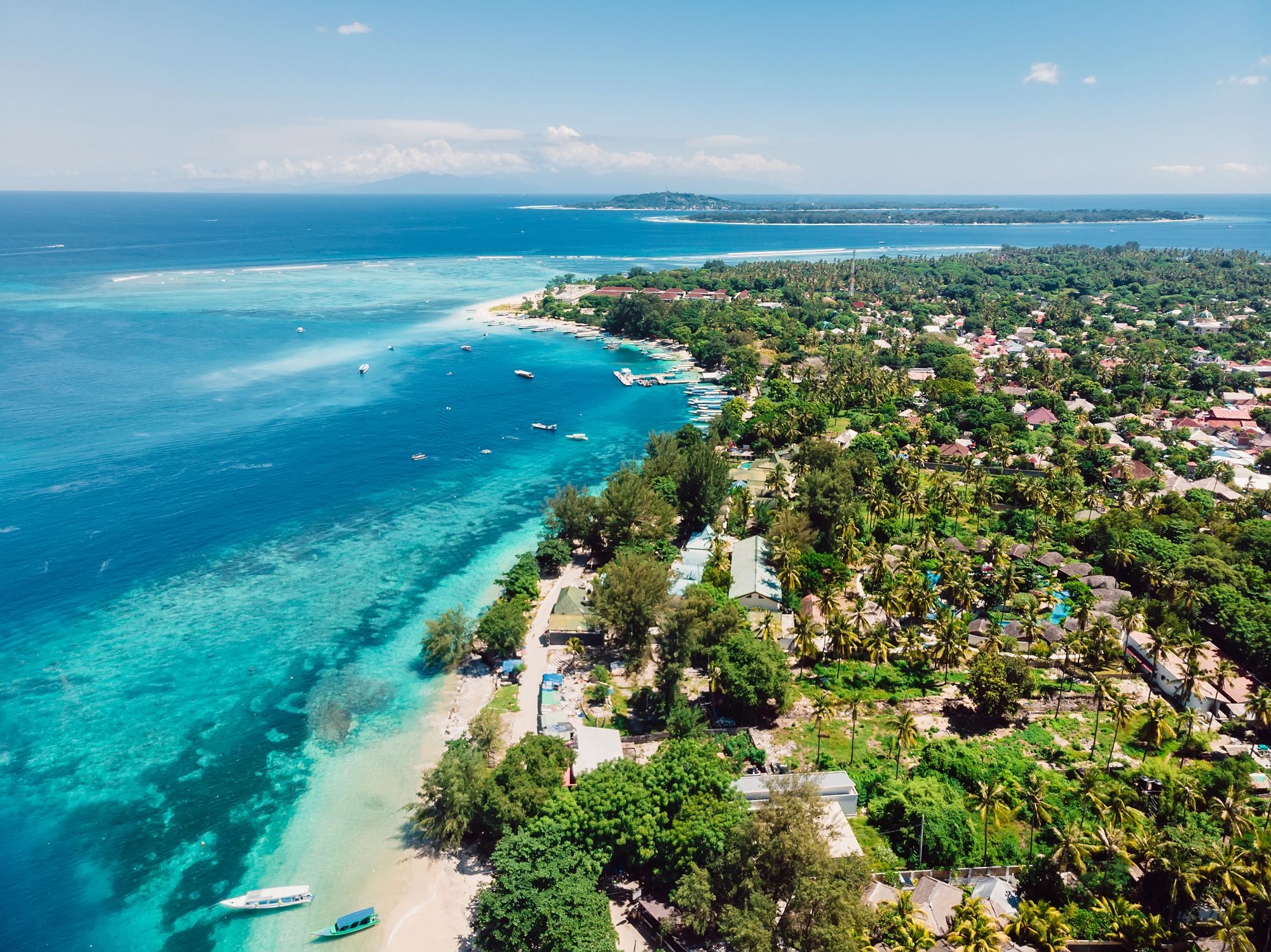AT the APEC Ministerial Meeting in the Vietnamese city of Da Nang earlier this month, Russia’s foreign minister Sergey Lavrov met with some of his regional counterparts from the region.
In doing so he highlighted the significance and nature of Russia’s role in the Asia-Pacific, and in the South Pacific in particular. His meeting with Papua New Guinea’s Rimbink Pato, for example, highlighted the importance of bilateral relations and cooperation on regional security, humanitarian issues, education, and fisheries.
From overwater bungalows to beachfront resorts, find your perfect stay in this island nation of more than 80 islands. Instant booking with best price guarantee!
Browse Accommodations Now
At first glance, the South Pacific may not appear to be the most strategically or economically pivotal territory for Russia. The region is a long way from Russia and already has neighbouring Australia as a traditional protector and donor to the many small developing states and nations.
However, since 2012 Russia has organized a raft of meetings and talks with senior representatives of small island states of the South Pacific, including Vanuatu, Tonga, Nauru, Papua New Guinea, Tuvalu, Fiji, Cook Islands, Samoa, Marshall Islands, Micronesia, and Palau. The last meeting happened during the 72nd UN General Assembly in September when the participants reaffirmed their intention to develop cooperation between Russia and its partners in the South Pacific on a broad range of issues of mutual interest.
Moscow knows and publicly acknowledges that the bi-polar world of the Cold War is over, and the new reality of a multi-polar world has come. Due to the country’s territorial and geographical location, Russia tries to play the role of a Eurasian power – dividing its attention between East and West.
The South Pacific is therefore part of Russia’s East-oriented strategic and political ambitions. The region is also viewed as a platform to enhance dialogue and partnerships within APEC, EAS, ASEAN and other organizations.
An article published by Vladimir Putin on the eve of APEC 2017 portrays Russia as a major Eurasian power that has a stake in the successful future of the Asia-Pacific region. Even though the South Pacific is not publicized as a priority in Russia’s foreign policy, it has been repeatedly mentioned in foreign policy documents which emphasize that Russia will continue to maintain regular ties with states in the South Pacific.
Despite the political rhetoric, talks, and use of diplomatically vague expressions such as ‘the broad range of issues of mutual interests and fostering friendship and cultural ties,’ Russia is taking steps to spread its influence over the South Pacific.
This was ramped up with Sergey Lavrov’s visit to Fiji in 2012. The trip could be characterized as checkbook diplomacy, with Russia announcing large aid donations to Tuvalu, Kiribati and Vanuatu in return for recognition of the breakaway provinces of South Ossetia and Abkhazia.
Back in Russia, the public response to the aid donations ranged from understanding the importance of the strategic partnership with the South Pacific to anger and frustration that Russia was spending time, money, and energy building relations with apparently unimportant partners.
So what, exactly, is Russia’s real interest in the South Pacific? This is not a question with clear answers.
It could be that Russia’s foreign policy retains some of its Cold War stridency, despite the peaceful, consistent, and predictably-diplomatic official declarations. The country’s moves in the region might also be an attempt to restore the former Soviet Union’s legacy, laying out a network of influence available for future contingencies. There is a saying in Russia that ‘old stories happen with new people’. If this is right, then one might argue that Russia is still using well established but evolving methods inherited from the Soviet Union’s foreign policy.
George Kennan, in his famous Long Telegram of 1946, was able to foresee this feature of the Soviet foreign policy in weakening of power and influence and contacts of advanced Western nations over small nations in order to create a vacuum which will be favorable for Communist-Soviet penetration. While Russia posing a direct challenge to developed regional powers would be dangerous and unproductive, targeting small developing countries and nations offers greater opportunities to exert influence.
On the other hand, the growing role of China and its broad financial aid to a wide range of developing countries is also acknowledged. Objectively, Russia cannot compete with Chinese economic power and resources, yet Russia’s willingness to maintain diplomatic ties and keep its political influence in the region goes along with Chinese expansion.
In the long term, problems might arise when these smaller nations adapt to the situation, skillfully taking advantage of competing major or regional powers vying for influence. Russia experienced this with North Korea, with the initial Soviet support and mentoring of the young communist regime now seeming to account for little in Pyongyang.
The small, developing nations of the South Pacific might be willing to accept generous yet mysterious Russian donations. However, all those engaged in Pacific affairs should seek to understand what kind of strings Russia might be tying in the region, and what consequences might follow.
Find available hotels and vacation homes instantly. No fees, best rates guaranteed!
Check Availability Now

